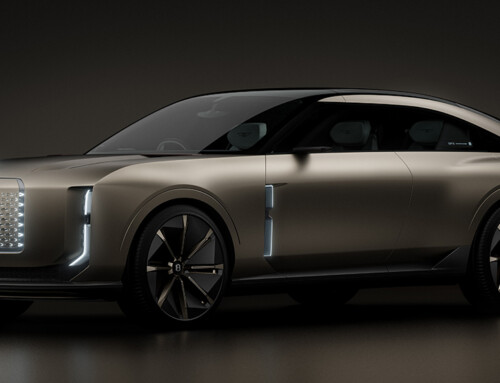Design first and foremost. There is a perfect backdrop for every car, and in the case of the new Audi A8 for its debut, this was the sunny climate of Florida during Design Miami and Art Basel Miami Beach. In early December, these two events – sponsored by Audi itself for the past few years – transform the American city into a global design capital. They are an opportunity to show how the four-ringed brand interprets luxury: supreme quality and attention to detail in clean, almost minimalist forms with strong references to the latest movements in contemporary design.
The substantially sized car – 5137 mm long and 1949 mm wide – is larger than most of its rivals in the European F segment and the previous A8 and, like its predecessor, is made entirely from aluminium, based on the ASF (Audi Space Frame) chassis. At 1460 mm tall, however, the new A8 is lower than the average for its German rivals, and it is this proportion in particular that most eloquently expresses the new car’s sports saloon character, with its sleek silhouette, a roofline that sweeps down into the tail in a soft transition and a markedly raked rear screen.
Making a strong statement at the front is the unmistakable single frame grille, flanked by high tech headlights. This is a look that speaks of things to come, confirms Audi Group Design chief Wolfgang Egger: “A new generation of cars begins with the A8. It is a very important model for us because it expresses the concepts of sporting elegance and ‘essential luxury’ which we want to instil into all of our cars. This is also clearly evident in the interior, where wood and aluminium are no longer used simply as trim details but as structural elements of the dash, as occurs in furniture.” As a result, there are references to art and product design everywhere, but this alone is not enough: “Good design, high technology and premium materials are the main ingredients, but the emotions that each individual experiences in their life are just as important. This emotive approach implies that there is a special relationship with the objects that we use. This is why we do not consider our cars as commercial objects”.
The article continues in Auto & Design no. 180










